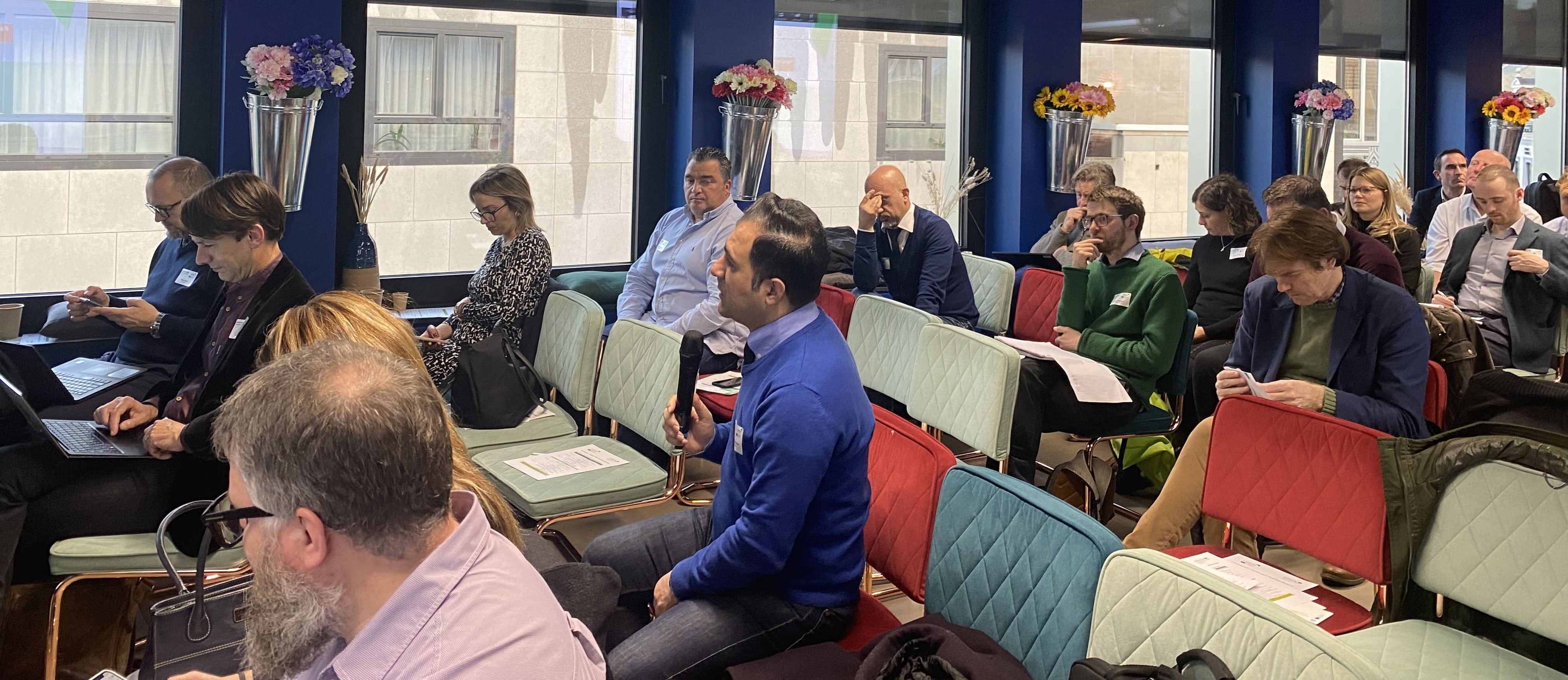
e-smartec and MOBI-MIX wrap up!
e-smartec and MOBI-MIX came together on 23 and 24 November 2022 to explore synergies and review different ways of achieving a sustainable urban mobility.
Many European urban areas face a series of environmental challenges linked to mobility congestion and air pollution. Based on experience, sustainable urban mobility planning cannot be achieved without the commitment of key stakeholders and travellers and given this need, e-smartec proposes accompanying each step of mobility planning with the deployment of targeted marketing techniques for linking bottom-up and top-down decision making.
 The e-smartec project is designed to strengthen the urban dimension of regional and local mobility policymaking, contributing to the implementation of the EU Transport White Paper, Urban Agenda and EU 2020 with a view to transit to a low carbon economy.
The e-smartec project is designed to strengthen the urban dimension of regional and local mobility policymaking, contributing to the implementation of the EU Transport White Paper, Urban Agenda and EU 2020 with a view to transit to a low carbon economy.
e-smartec aims at developing Action Plans to start and implement effective mobility interventions, as the basis for a competitive, resource-efficient and low carbon oriented European transport system.
The 9 e-smartec partners, from 7 EU countries representing the 6 e-smartec test-bed areas, join their forces in an ultimate goal to provide tailored guidelines on citizens and stakeholders' engagement marketing techniques for innovative decision-making and traditional procedures.
€1,621,975.00
Low-carbon economy
One of the main priorities of the Regional Operational Programme (ROP) of the Region of Central Macedonia (RCM) is the promotion of low carbon strategies throught among others with the reduction of fossil fuel usage in the transport sector (possible use of renewable energy sources) and innovative actions for emissions reduction in the Region.
The actions indicated in the ROP refer to the development or enrichment of Sustainable Urban Mobility Plans (SUMPs) and acceptable interventions; the introduction of Intelligent Transport Systems (e.g. Traffic Management Center), the extension of the sea public transport in Thermaikos Gulf, the introduction of cycling & walking paths, the pedestrianization of specific streets and the implementation of awareness-raising campaigns for the promotion of sustainable urban mobility. What is crucial for the development of acceptable however mobility plans is citizens' and users' (in general, involving tourists and other key stakeholders) engagement in both in decision making and also in the daily operation of the cities (for which behaviour change is a prerequisite) which are e-smartec main goals. This weakness of the instrument (not clear definition of strategies and engagement techniques) will be looked at in-depth in e-smartec project and with the policy recommendations and the APs to be developed, it will undoubtedly add value in the policy instrument.
For the 2014 to 2020 programming period Local Enterprise Partnerships (LEP) in England are responsible for designing and delivering strategies on how best to use this funding. Each Local Enterprise Partnership area receives a notional allocation from the funds for seven years to deliver its European Structural and Investment (ESI) Funds strategy which must be spent in line with a set of overarching priorities set out in the EU regulations. The Coventry and Warwickshire area has a notional allocation of 135.5 Euro. LEP set out strategic-level activities to deliver its objectives with the European SFs and specify the outcomes they are seeking to achieve and the rationale for the selection of activities for ESI Funds investment.
THEME 4: SUPPORTING THE SHIFT TOWARDS A LOW CARBON ECONOMY IN ALL SECTORS
Strategic Activities:
ROP of Lazio Region 5 key priorities are:
1.Research and Innovation (180M€)
2.Digital Lazio (154,2M€)
3.Competiveness (276,5M€)
4.Sustainable energy & mobility (176M€)
5.Prevention of hydrogeological risk (90M€)
“Axis 4 - Sustainable energy and mobility of Lazio Region” foresees several actions to be realized under the investment priority “e” assigned to the promotion of sustainable urban mobility
lazioeuropa.it/files/150306/svi_co_porfesr_2014_20_12_02_2015.pdf), and in particular:
*Action 4.6.1 development of infrastructures and intermodal nodes aimed at increasing collective mobility and to the ecocompatible delivery of goods (and relative transportation systems)
*Action 4.6.2 Interventions on sustainable urban mobility by promoting low-environmental-impact transport systems, as well as completing, setting-up and renewing fleets of PuT
*Action 4.6.3 Intelligent Transport Systems
In daily cities operation, an awareness gap from citizens’ side with regards to the benefits from adopting sustainable behaviours is noted. What e-smMARTEC will offer to improve the POR Axis 4 in Lazio Region is the knowhow to develop strategies for a more effective citizens’ involvement in the process of social innovation through their active participation in
the decision making procedures so to ultimately achieve a stable behavioural change driven by policies supporting sustainable mobility and sustainable living areas.
The main objective of the Operational Programme is to contribute to the promotion of life quality and to ensure sustainable provision of public services across the country. Total allocation of IROP for EU resources is 1 754 490 415 EUR. A significant proportion of funding – 24.00% of the total financial allocation was dedicated to TO7 - Promoting sustainable transport and removing bottlenecks in key network infrastructures. Even though the transport allocation is connected with TO7, it has a lot to do with TO4 Priority axis No. 1: Safe and environmentally-friendly transport in regions, in particular Specific objective No. 1.1, Activity A) Development of local/regional sustainable mobility plans, as the precondition for all the following proposed interventions in the transport system. Specific IROP objective no. 1.2.1 is focused on the increasing the attractiveness and competitiveness of public transport. The aim is to promote a sustainable, easily accessible and cost-effective public transport network, the connections of which are linked to transport systems within the urban area. Bratislava Region envisages to use 86,67 mil. EUR out of the total IROP national budget for this priority axis. Active citizens’ participation in mobility planning is a prerequisite for the implementation of measures acceptable by the public and thus sustainable.
OPZuid covers the provinces Brabant, Limburg,Zeeland. Priorities are 1)promote adoption of innovative low-carbon technologies in the region through demonstrations&pilot projects and to enable larger-scale roll-outs 2) Increase (open) innovation cooperation,crossover innovation,innovation intensity in SMEs &improve uptake of innovation, in particular in clusters identified in RIS3. Cities are recognised as crucial partners for implementation of the OP, both directly and via triple helix. An area where the OP could improve is by forging the link and promote further contribution of sustainable mobility projects towards the objectives of the OP. There is no doubt smart rollout of certain sustainable mobility actions would increase the adoption of innovative low-carbon technologies, envisaged under the first priority. In the second priority area, the OP identifies Smart Mobility as promising area to promote such innovation, whereas logistics is a focus cluster of the RIS3&the OP. Developing pilot projects and securing smart rollout has proven to be challenging in our region. Specific challenges identified in our region relate to•Experience in promoting public private cooperation&crossovers between sectors to initiate specific pilot projects and living labs(co-design of smart e-systems; cross chain collaboration in logistics)•Attitude and knowledge of (potential) users, specific user groups towards new technologies, mobility services, etc.•Promotion of zero emission urban logistics
The selected policy instrument supports local and regional strategies for sustainable urban devel-opment in order to create more liveable and environmentally sound conditions –especially in urban areas. One focus lays on mobility concepts and their implementation, incorporating aspects and objectives of different sectors such as city and regional planning, climate protection, clean air and noise reduction to develop scaling effects. The development of mobility systems optimised for lower emissions (CO2 reduction),is being funded on concept level. According to the prerequisite of an integrated character of those concepts they are expected to follow the European SUMP ap-proach. State of Hessen now aims to extensively promote the introduction of sustainable mobility planning processes on local and regional level and therefore founded the Centre of Competence for Sustainable Urban Mobility (CC-SUM). In general, Germany has a long lasting but no normative mobility planning tradition. However, many municipalities are reluctant to develop and implement SUMP concepts. Experiences show that enhanced and structured communication is key to better stakeholders in politics, administration and citizenry. The policy instrument shall therefore be up-dated by incorporating actions plans for better communication, qualification and implementation of sustainable urban mobility to result in more concepts being implemented and measures being real-ised using support by respective policy instrument.

e-smartec and MOBI-MIX came together on 23 and 24 November 2022 to explore synergies and review different ways of achieving a sustainable urban mobility.
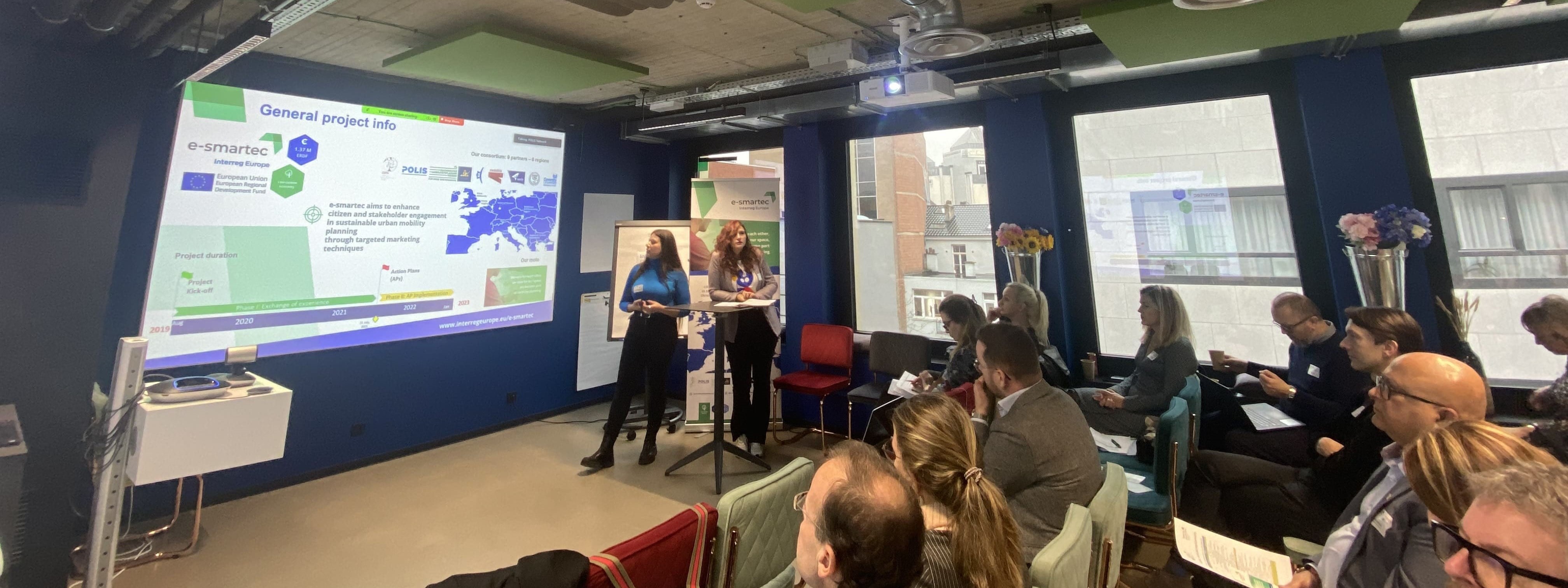
e-smartec partners came together on 23 November 2022 to wrap up their work for sustainable urban mobility planning - Part I of our account of the meeting
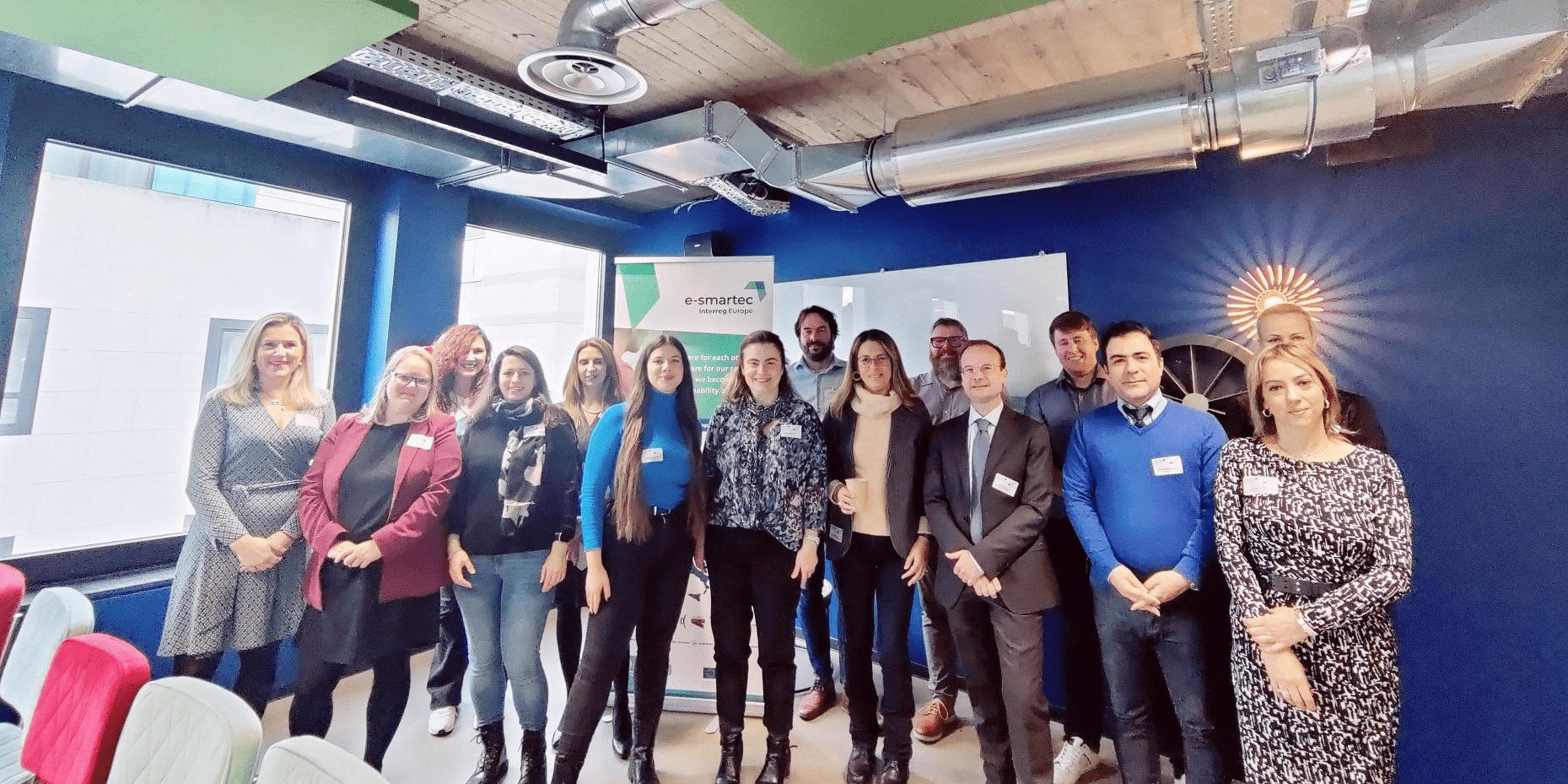
e-smartec partners came together on 23 November 2022 to wrap up their work for sustainable urban mobility planning - Part II of our account of the meeting

Join e-smartec and MOBI-MIX in our Joint Final Conference in Brussels - check out the agenda and register today for the event!

The Municipality of Rome intends to expand the usage of bicycles for both leisure and systematic travel in urban areas: here’s how.
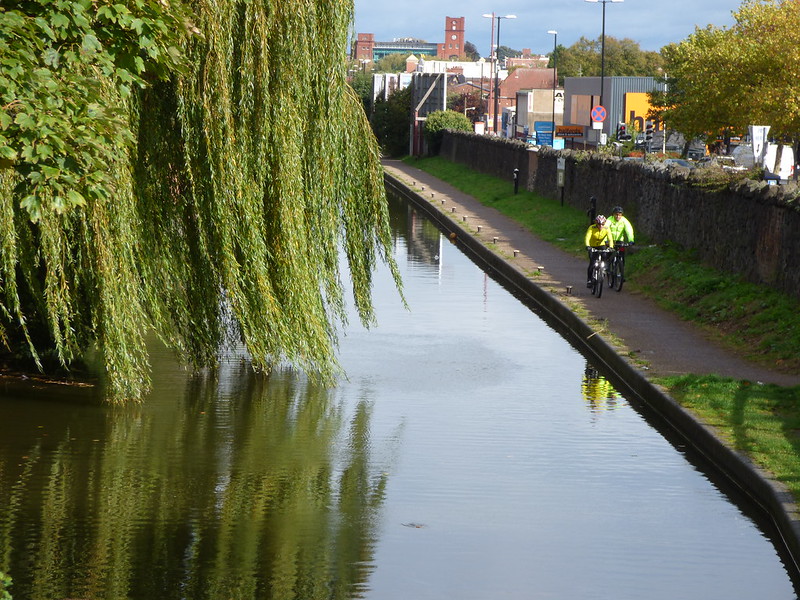
With its Action Plan, West Midlands is aiming at establishing awareness-raising activities for extending and promoting the use of cycling and walking.

Let’s build a low-carbon future: Save the Date for the e-smartec & MOBI-MIX Joint Final Conference on 23 and 24 November 2022!
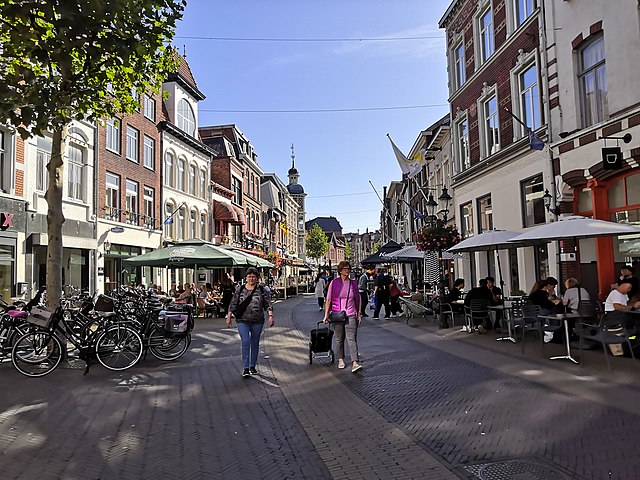
Venlo’s regional SUMP, knowns as Trendsportal, was established in collaboration with eight municipalities that are now bringing a multidimensional AP to life.
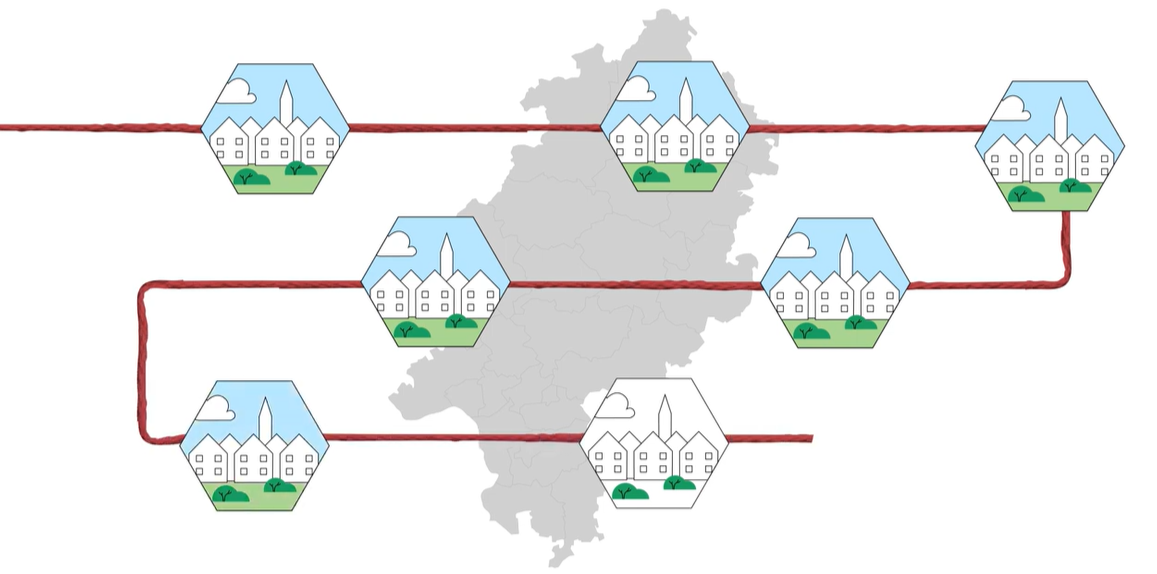
The Hessian Action Plan seeks to amplify the participatory approach within a SUMP process, focusing mainly on empowering the implementing actors.
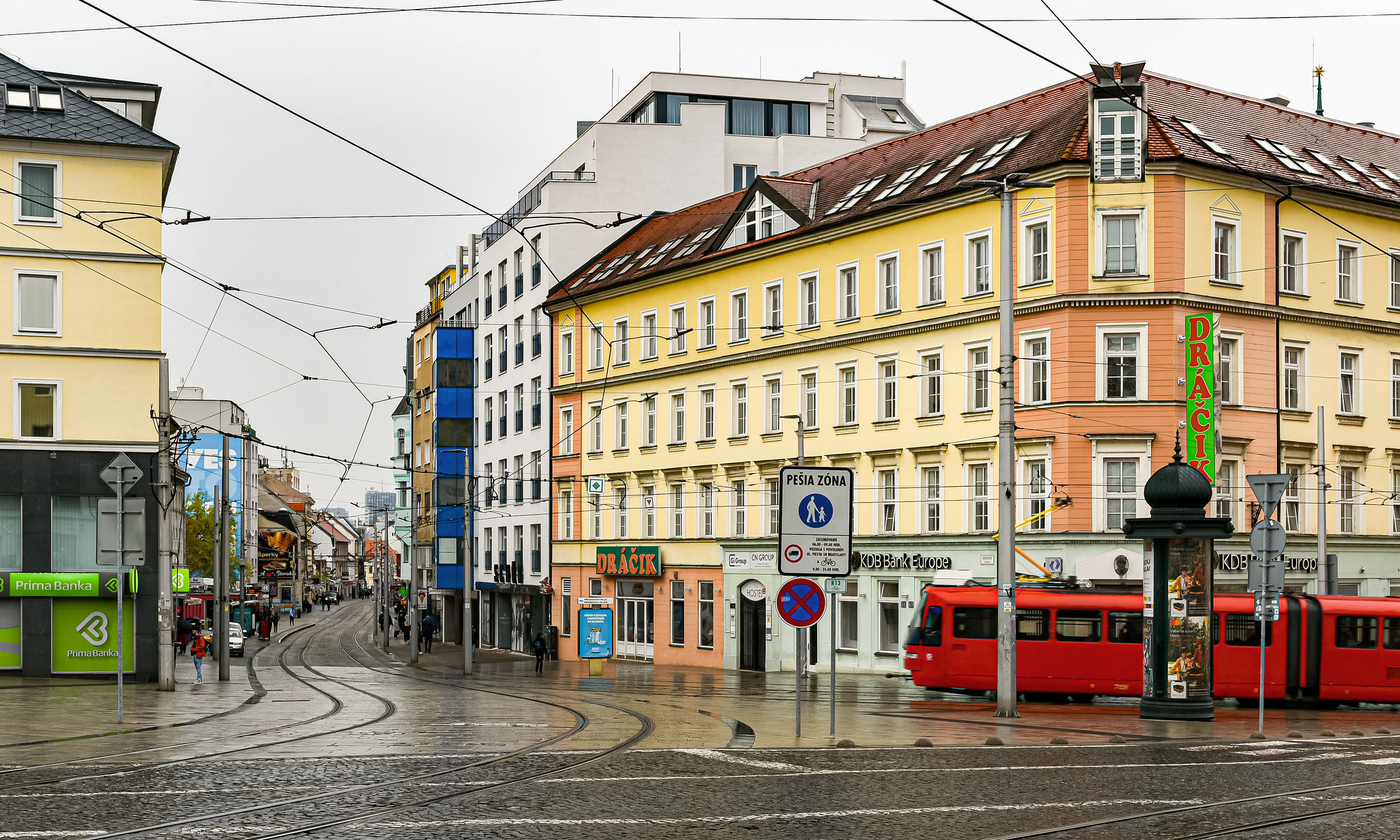
The Action Plan from Bratislava's Self-governing region aims to facilitate the implementation of the planned activities as part of regional SUMP.